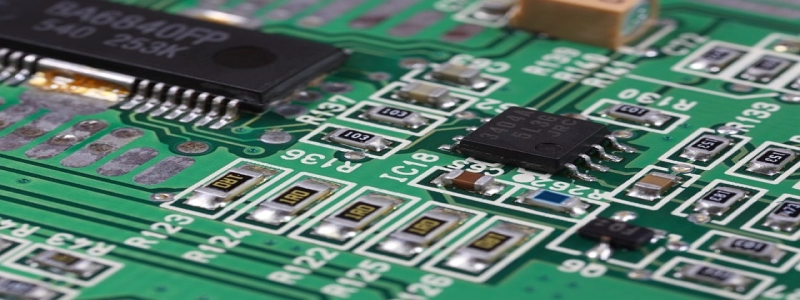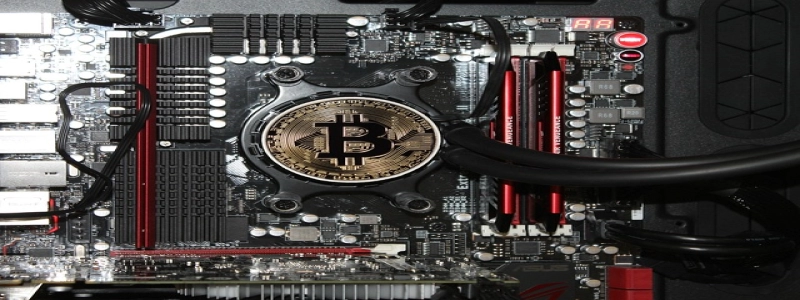TDL Tunable Diode Laser
Introduktion:
TDL, which stands for Tunable Diode Laser, is a highly versatile and widely used type of laser. This article aims to provide a comprehensive understanding of TDLs, including their structure, operation, applications, and advantages.
jag. Structure of TDLs:
TDLs consist of several key components that work together to produce the desired laser output. These components include a laser diode, a tunable grating, and a wavelength controller. The laser diode serves as the source of the laser beam, while the tunable grating helps in selecting the desired wavelength. The wavelength controller ensures precise tuning of the laser output.
II. Operating Principle of TDLs:
TDLs operate based on the principle of tunable diode laser absorption spectroscopy (TDLAS). This technique utilizes the laser beam emitted by the diode to measure the absorption of specific gases or molecules. When the laser beam is tuned to a specific wavelength, it interacts with the target gas or molecule, causing it to absorb some of the laser light. The absorption spectrum is then analyzed to determine the concentration or presence of the target substance.
III. Applications of TDLs:
TDLs find widespread applications in various industries and fields due to their numerous advantages. Some common applications include:
1. Environmental Monitoring: TDLs are used for real-time monitoring of air quality, particularly for detecting and quantifying pollutants such as carbon dioxide, methane, and ammonia.
2. Industrial Processes: TDLs are employed in process control systems to measure and control parameters such as moisture content, temperature, and oxygen levels. They are particularly valuable in industries like oil and gas, läkemedel, and food processing.
3. Medical and Life Sciences: TDLs are utilized in medical diagnostics, breath analysis, and research applications. They are invaluable tools for monitoring gases produced by the human body and for studying various respiratory disorders.
4. Safety and Security: TDLs play a crucial role in gas leak detection systems, providing fast and accurate identification and measurement of hazardous gases, such as methane and hydrogen sulfide.
IV. Advantages of TDLs:
TDLs offer several key advantages over other types of lasers, making them the preferred choice in many applications. Some notable advantages include:
1. High Selectivity: TDLs can precisely tune the laser wavelength to match the absorption characteristics of the target substance, allowing for highly selective measurements.
2. Fast Response Time: TDLs provide rapid and real-time measurements, which is essential in applications where quick detection and response are critical.
3. Non-contact Measurement: TDLs enable non-invasive and non-destructive measurements, making them ideal for applications involving sensitive or fragile samples.
4. Compact and Portable: TDLs are available in compact and portable designs, making them easy to integrate into existing systems or for use in remote locations.
Slutsats:
TDLs, or Tunable Diode Lasers, are highly versatile instruments with a wide range of applications. With their unique structure, operating principles, and advantages, these lasers have revolutionized various industries, providing accurate and reliable measurements that were previously challenging to obtain. With ongoing advancements in technology, TDLs are expected to continue their significant impact in numerous fields and pave the way for exciting future applications.








